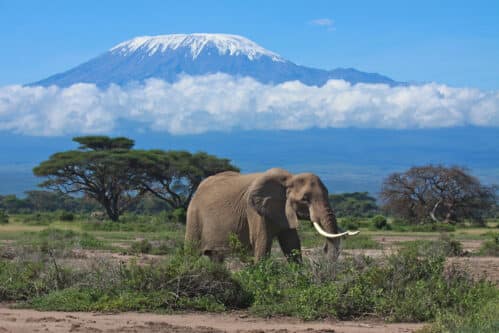
Kilimanjaro is one of the most iconic mountains in the world, and climbing it is an experience unlike any other. But when you climb Kilimanjaro, it’s important to be aware of the weather, climate, and environment so that you can prepare yourself for a safe and successful ascent. If you plan to climb Kilimanjaro in January, here’s what you need to know about what the conditions will be like on this majestic mountain.
January is one of the driest and most sunny months to climb Kilimanjaro. This means that you’ll likely get great views of the surrounding landscape and beautiful starry nights on the mountain. However, temperatures can still be quite cold during this time of year, so it’s important to bring appropriate clothing such as waterproof jackets, hats, gloves and multiple layers of warm clothing.
The weather at higher altitudes will also be very windy throughout January, so it’s important to pack a good quality windbreaker or parka in order to keep yourself warm and protected from the elements. It’s also wise to prepare for snowfall, although snow is not common in January, it is still possible.
Finally, be aware that the temperatures on Kilimanjaro can drop below freezing at night. So, it’s important to pack a sleeping bag rated down to at least -10 or -15 degrees Celsius to stay warm throughout the night. This will also ensure your comfort during any unexpected cold snaps during the day.
Climbing Kilimanjaro in January is an incredible experience, and by following these tips you’ll have all the information you need for a successful ascent of this majestic mountain. With proper preparation and caution, you can enjoy an unforgettable adventure filled with breathtaking views and exciting moments on top of Africa’s highest peak!
Happy climbing!
Good luck on your Kilimanjaro adventure! Be sure to check out our other resources on how to best prepare for a safe and successful ascent, such as packing lists, tips for acclimatization, training advice and more. We also recommend that you consider using a guide or porter when climbing Kilimanjaro – they are experienced professionals who will help make your trek much easier and enjoyable. Make sure you get the most out of your experience by teaming up with someone who knows the mountain and can provide invaluable advice along the way. Good luck! Happy Climbing! Bon Voyage! And don’t forget to take lots of pictures!
